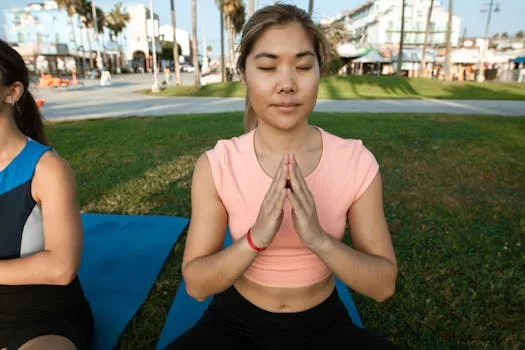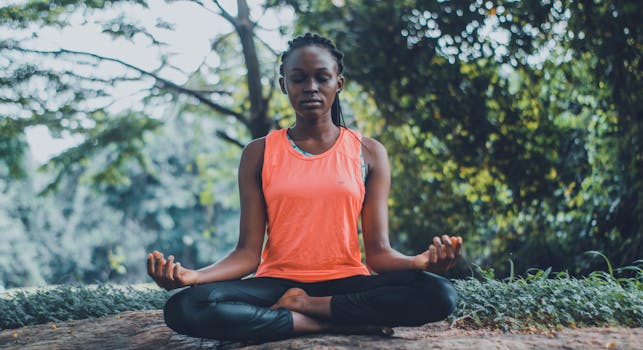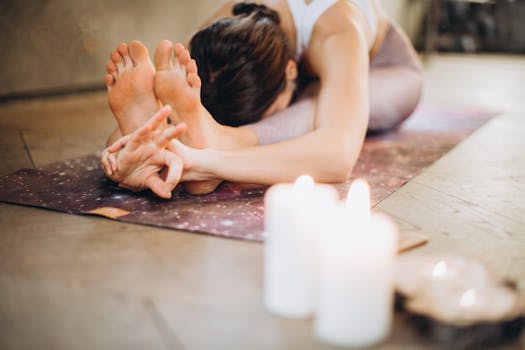
Unlocking Inner Peace: A Deep Dive into Mindfulness Meditation Techniques
Takeaways: Mindfulness meditation is a powerful tool for enhancing awareness, reducing anxiety, and improving mental clarity. This article explores various techniques that can help you incorporate mindfulness into your daily life for better emotional and psychological health.
Mindfulness meditation has gained immense popularity over recent years, and for good reason. It offers a myriad of benefits, including stress reduction, increased focus, and an overall sense of well-being. In this article, we will explore various mindfulness meditation techniques that can help you cultivate a deeper awareness of your thoughts, feelings, and surroundings.
What is Mindfulness Meditation?

Benefits of Mindfulness Meditation
Engaging in mindfulness meditation can lead to a variety of benefits, including:
- Stress Reduction: Regular practice can lower stress levels by promoting relaxation and reducing the physiological effects of stress.
- Enhanced Focus: Mindfulness helps improve concentration and attention span, making it easier to stay engaged in tasks.
- Emotional Health: It can lead to improved emotional regulation, reducing symptoms of anxiety and depression.
- Self-Awareness: Mindfulness enhances self-knowledge, allowing individuals to understand their motivations and behaviors better.
Mindfulness Meditation Techniques

1. Body Scan Meditation
The body scan is a technique that focuses on different parts of your body, promoting relaxation and awareness. To practice a body scan meditation:
- Find a quiet space where you can sit or lie down comfortably.
- Close your eyes and take a few deep breaths, allowing your body to relax.
- Begin by focusing on your toes, noticing any sensations without judgment.
- Gradually move your attention up through your body—feet, legs, abdomen, chest, arms, neck, and head.
- As you focus on each area, breathe into it, letting go of any tension you may feel.
This technique can help you develop a greater awareness of bodily sensations and promote a sense of calm.
2. Mindful Breathing
Mindful breathing is one of the simplest and most effective mindfulness meditation techniques. It can be practiced anywhere and at any time:
- Find a comfortable position, either sitting or standing.
- Close your eyes and take a deep breath in through your nose, filling your lungs.
- Exhale slowly through your mouth, releasing any tension.
- Focus your attention on your breath—notice the sensation of the air entering and leaving your body.
- If your mind wanders, gently bring your focus back to your breath.
Practicing mindful breathing for just a few minutes each day can enhance your awareness and reduce anxiety.
3. Guided Visualization
Guided visualization involves imagining a peaceful scene or scenario, often aided by a recorded guide or a meditation app. This technique can be particularly effective for those new to meditation:
- Find a quiet space and sit or lie down comfortably.
- Play a guided visualization recording or app that resonates with you.
- As you listen, allow yourself to visualize the scene being described, engaging all your senses.
- Immerse yourself in the experience, letting go of your thoughts and focusing solely on the imagery.
Guided visualization can foster relaxation and a sense of connection to your inner self.
4. Walking Meditation
Walking meditation is a unique form of mindfulness that combines movement with awareness. To practice walking meditation:
- Choose a quiet path or space where you can walk undisturbed.
- Begin walking slowly, paying attention to each step and the sensations in your feet and legs.
- Synchronize your breath with your movements, inhaling as you step forward and exhaling as you step back.
- Notice the sights, sounds, and smells around you, staying present in the moment.
This technique allows you to integrate mindfulness into your daily activities while promoting physical well-being.
Incorporating Mindfulness into Daily Life

- Mindful Eating: Pay attention to the flavors, textures, and aromas of your food. Chew slowly and savor each bite.
- Mindful Commuting: Use your commute as an opportunity to practice mindfulness. Listen to calming music or a mindfulness podcast.
- Mindful Conversations: When speaking with someone, give them your full attention. Listen actively without planning your response while they are talking.
- Mindful Chores: Turn daily tasks like washing dishes or cleaning into opportunities for mindfulness by focusing on the sensations and movements involved.
By integrating mindfulness into your daily life, you can create a more balanced and peaceful existence.